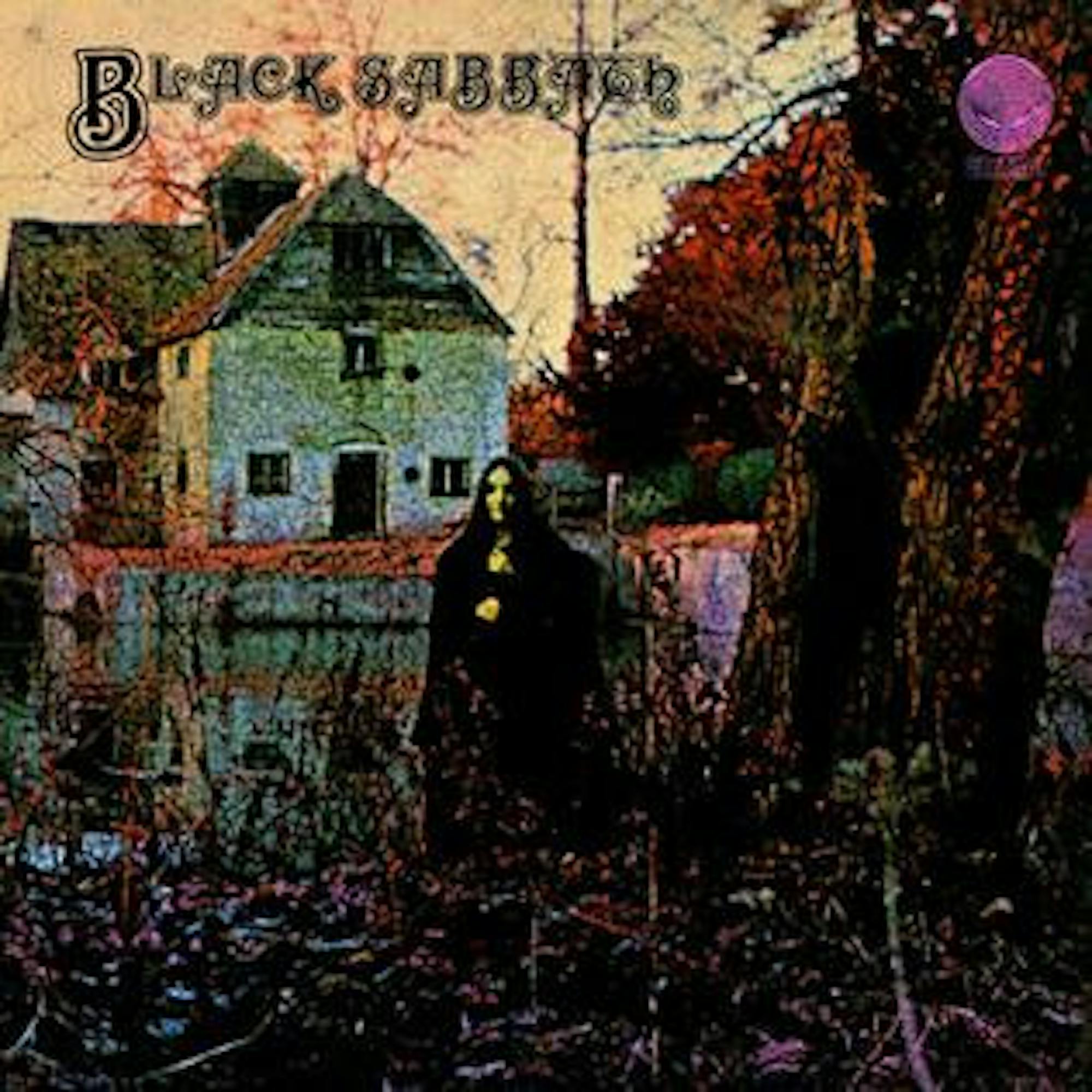Origins of music are sometimes very hard to trace. When it comes to metal subgenres, that can be an especially difficult thing to do. However, no one has to do much digging to find the album that became a foundation for all of metal music: Black Sabbath's first release, “Black Sabbath” (1970). This past Thursday, Feb. 13, marked 50 years since its release in the U.K. where Black Sabbath garnered appreciation from fans in its country of origin and when it eventually reached the U.S. later that July.
The album kicks off with one of lead singer Ozzy Osbourne's most memorable performances ever. The leading song, “Black Sabbath,” showcases Ozzy's unique vocal delivery, the highlight being his wailing cries of “Oh, No!” Instrumentally, the guitar riff is written as the inversion of a tritone, which is referred to as diabolus in musica (this has become very important in metal since: legendary heavy metal band Slayer's 1998 album of the same name serves as an example), which often suggests a Satanic connotation. This song is also regarded as being the first from a doom metal band, a subgenre which legendary bands like Electric Wizard and Sleep have built their reputations upon.
We then have “The Wizard,” which kicks off with a harmonica contribution from Ozzy: an iconic Black Sabbath song intro. The way that the rest of the band comes in to form the rhythm and beat is equally as impactful. Guitarist Tony Iommi plays an excellent lick, but it gets more impressive when you learn that Iommi lost his middle three fingertips as a teenager in an accident at a sheet metal factory. Adjusting the guitar to make it easier for him to play individual notes for his artificial fingertips created a heavier sound which makes this song (and many of Black Sabbath’s songs) sound so unique. Further demonstrating the unique guitar sound is “Wicked World,” which features a terrific guitar solo towards the end of the cut.
“Wasp,” meanwhile, gets right to the chase with a powerful guitar riff and another phenomenal performance from Ozzy. After three minutes the song fades out, and the following silence is broken by Geezer Butler on the bass guitar. That bass line, which kicks off “N.I.B.,” has become one of the most recognizable riffs in the Black Sabbath discography. According to Butler, the song has an entertaining meaning, stating the song is “about the devil falling in love and totally changing, becoming a good person.” The title of the song actually comes from drummer Bill Ward's beard, which the band named “Nib” after the nib of a ballpoint pen, which Ward's beard was shaped like at that time.
The final three songs, packaged as one digitally, is a stoner’s / stoner-at-heart’s paradise. Cymbal-heavy drums, a catchy bass line and a smooth guitar riff create the perfect formula for some slow-tempo metal songs. The instrumental to “A Bit of Finger / Sleeping Village / Warning” is deeply layered, but extremely welcoming and enjoyable. Iommi's guitar playing is certainly highlighted on this track, and it's hard to believe that it was all part of a one-day studio session.
It’s fascinating to think about this album's long-run impact on music as a whole. Without its warm welcome by U.K. and U.S. fans alike, we would not have gotten other iconic songs from Black Sabbath like “Paranoid,” “Iron Man” and “War Pigs.” Furthermore, all of the different variations of metal that have been birthed since the release of this album has grown to a tremendous and awesome size. Even bands and artists typically not known for metal music are starting to make their forays into the genre: Artists like Poppy,King Gizzard & the Lizard Wizard and Denzel Curry are showing their appreciation for metal through covers. Denzel covered “Bulls on Parade” by Rage Against the Machine in 2019.
“Black Sabbath” especially deserves to be recognized as a pioneering album in metal, and its story will always amaze fans. The entire album was recorded in 12 hours, and they took the next day to mix and master the album until it was to their liking. The rawness that this album exhibits is truly incredible. The more you learn about the record, the more there is to appreciate about it. Even today, we're still learning more about the album. Rolling Stone Magazine interviewed album cover artist Keith Macmillan, the first time he's ever sat for an interview, on the day of the album's anniversary. We got brand new information about the album cover art from Macmillan, like the identity of the woman on the album cover: model Louisa Livingstone. With information still being uncovered about the album, it's only a matter of time until we find out more. In the meantime, there's already so much information to learn about, and we have an album that has thrived throughout its 50-year life. Now, we can only wait another 50 years to see how much more it will impact music in the future.
50 Years Ago: Black Sabbath pioneers metal music on their debut album

The cover of Black Sabbath's debut album "Black Sabbath" (1970) is pictured.





